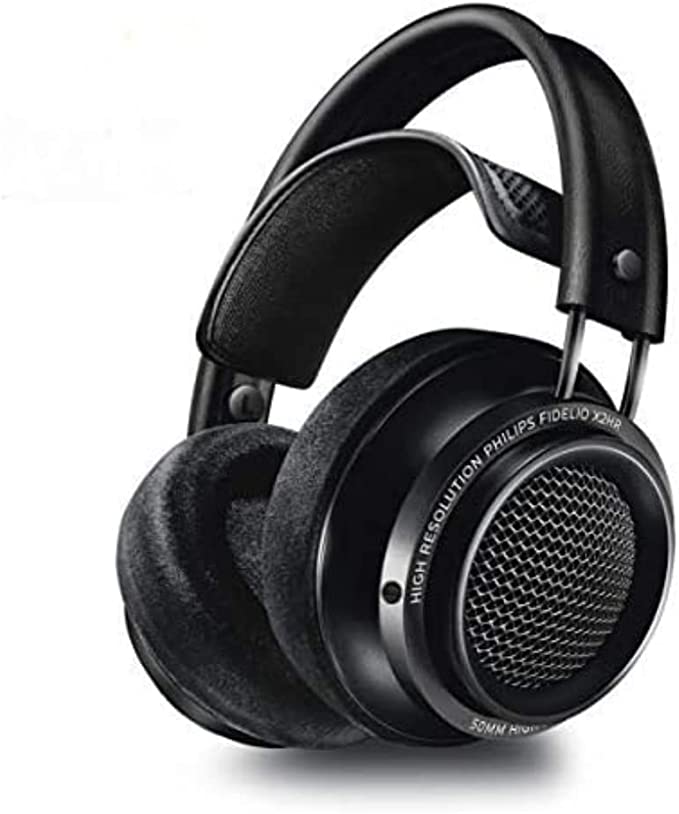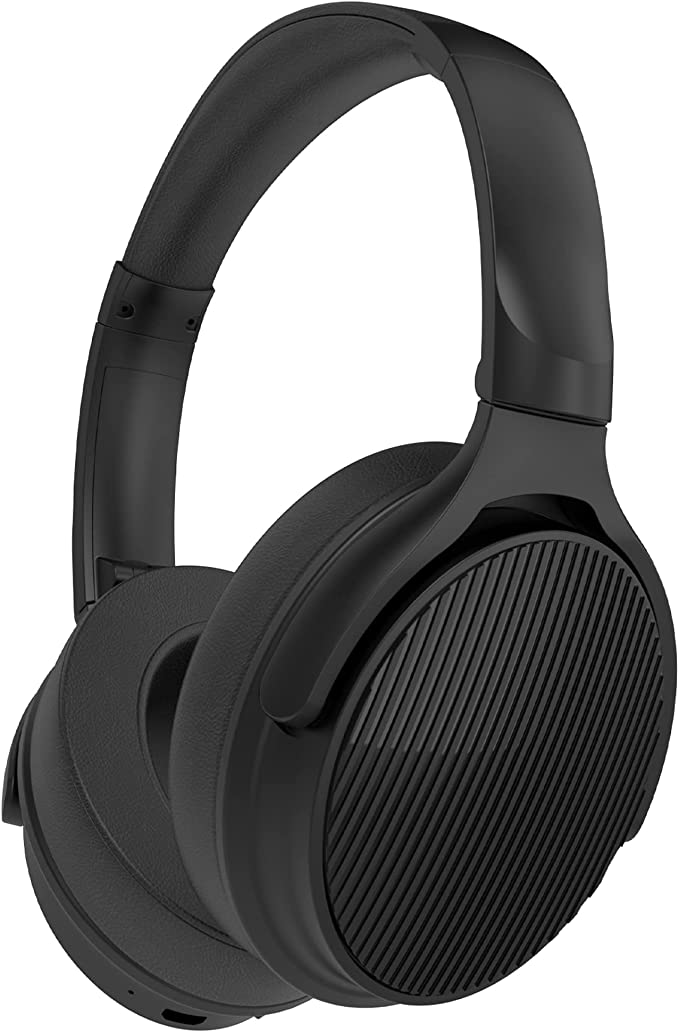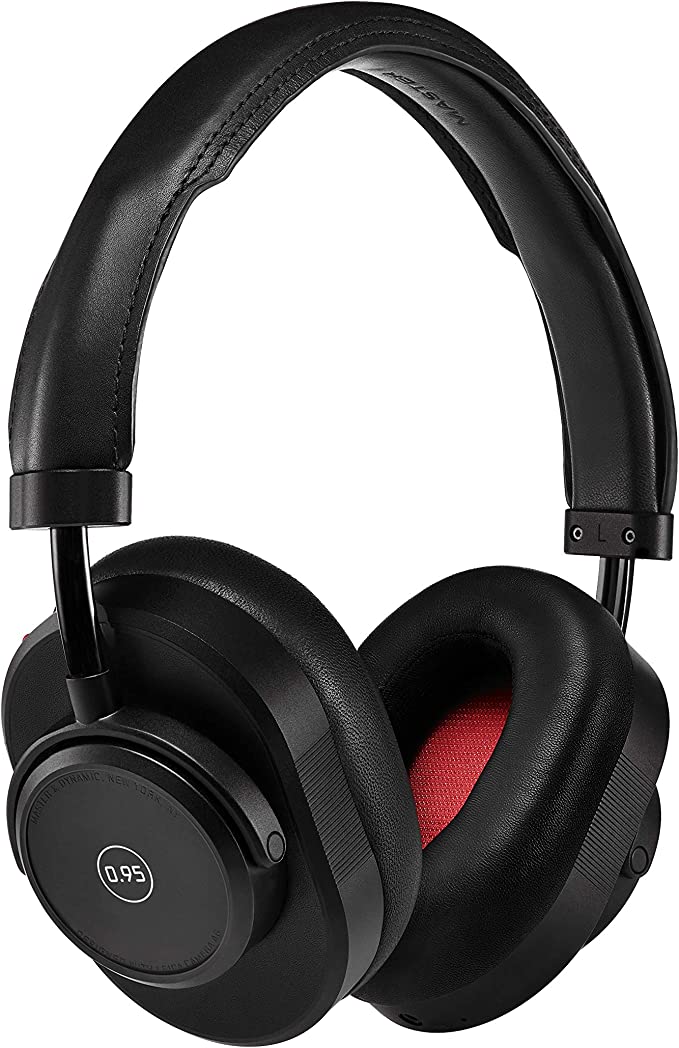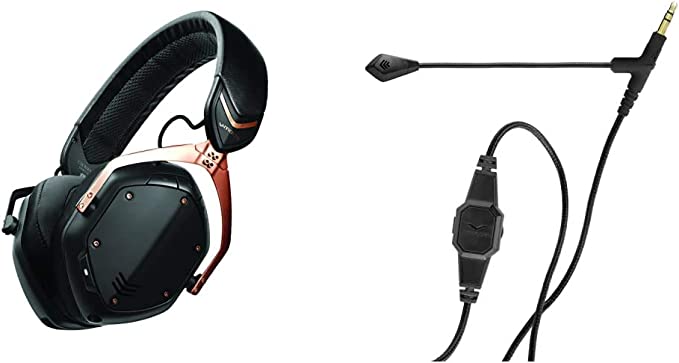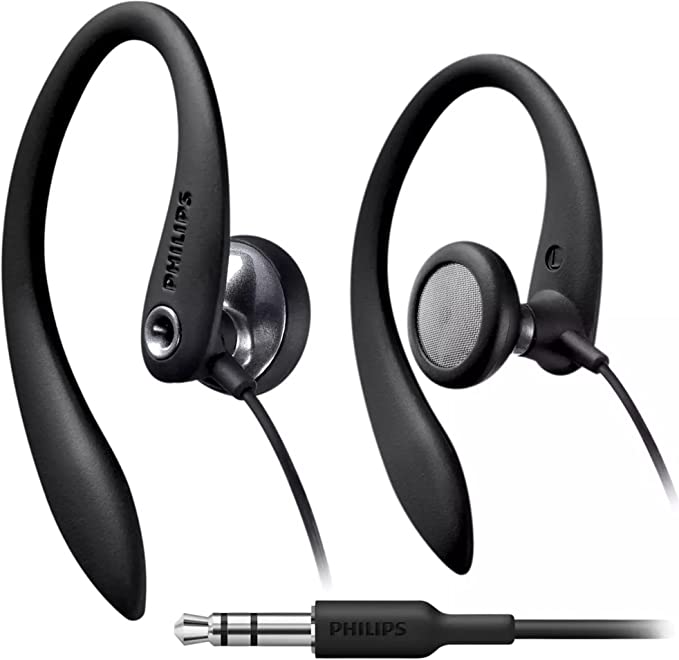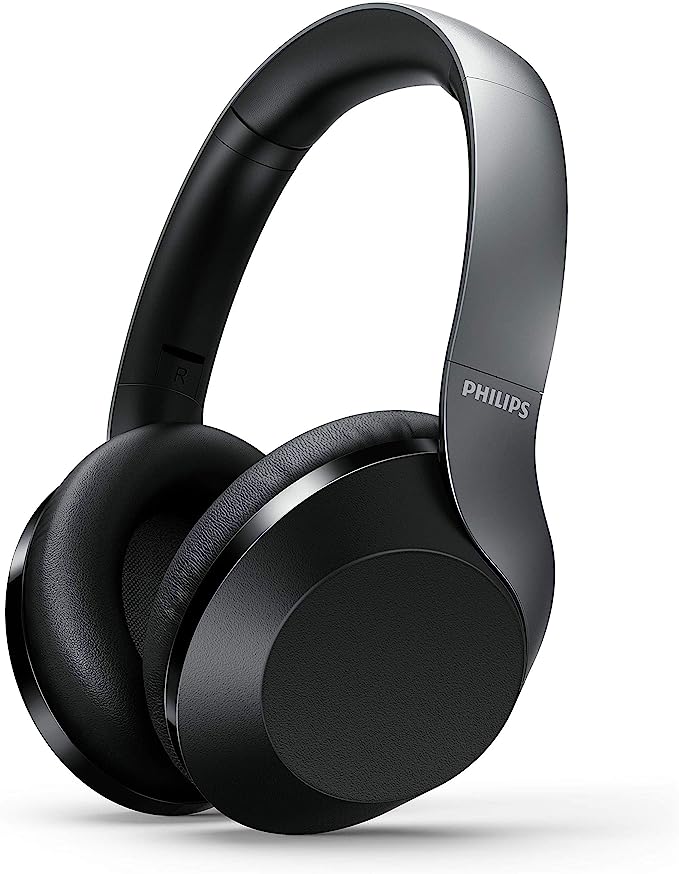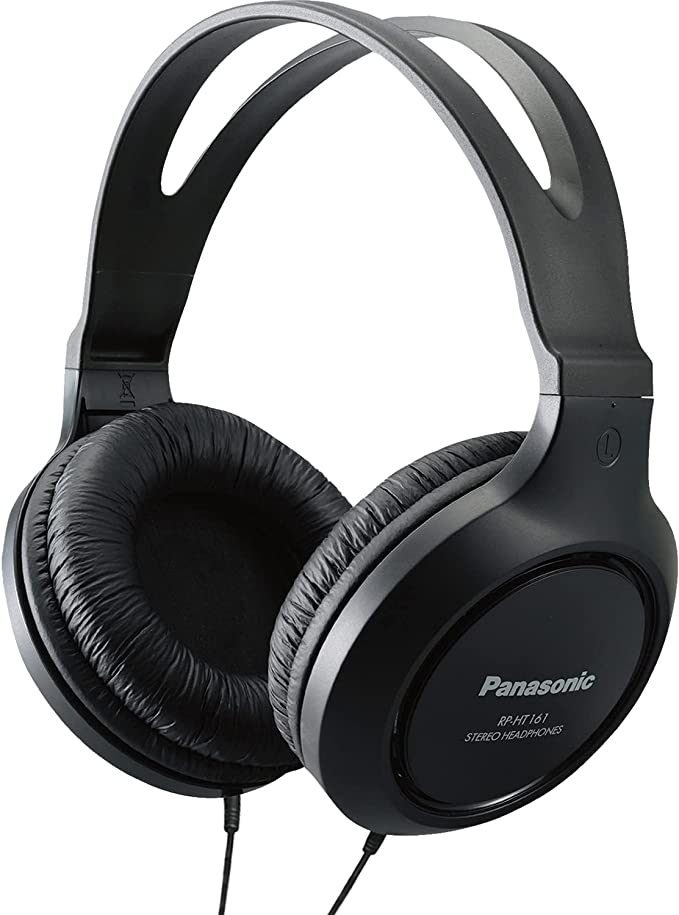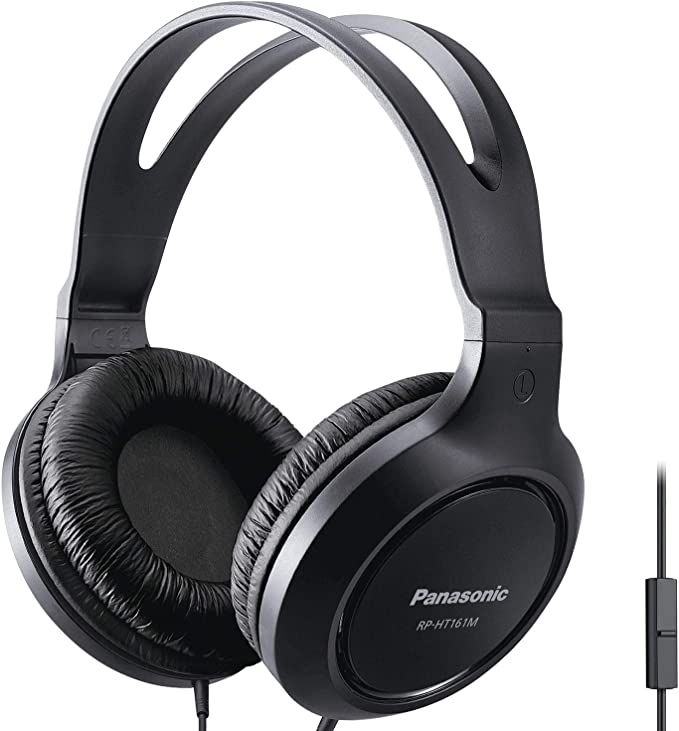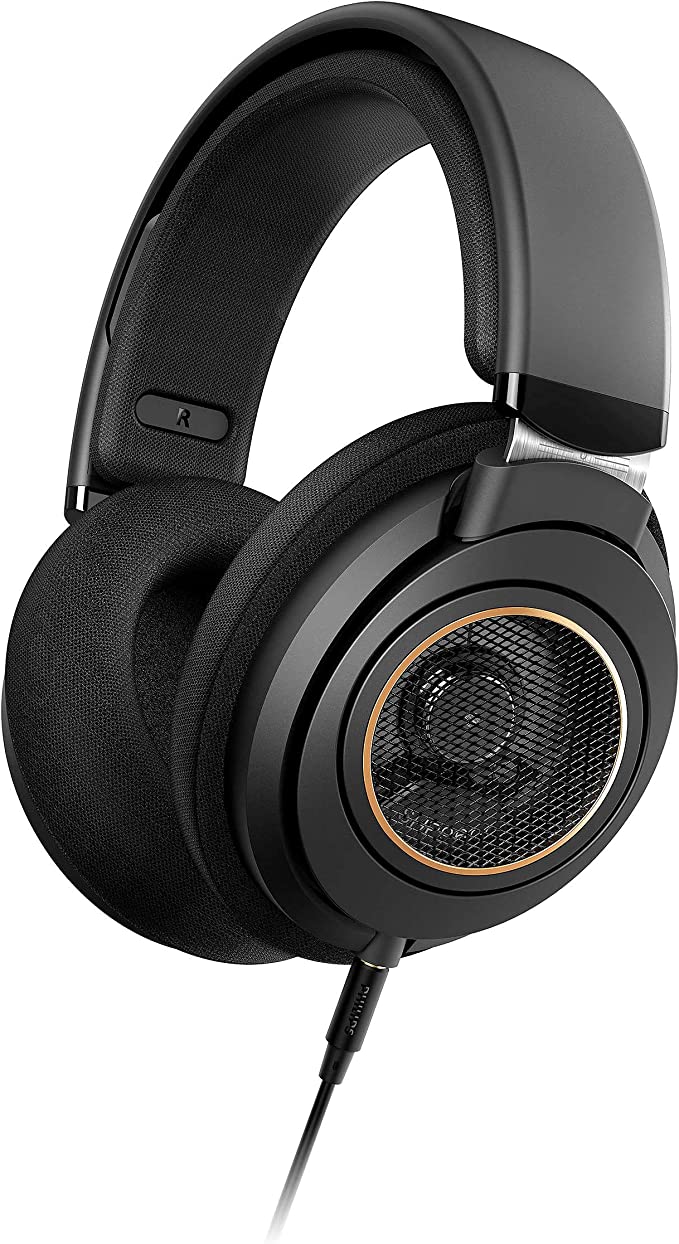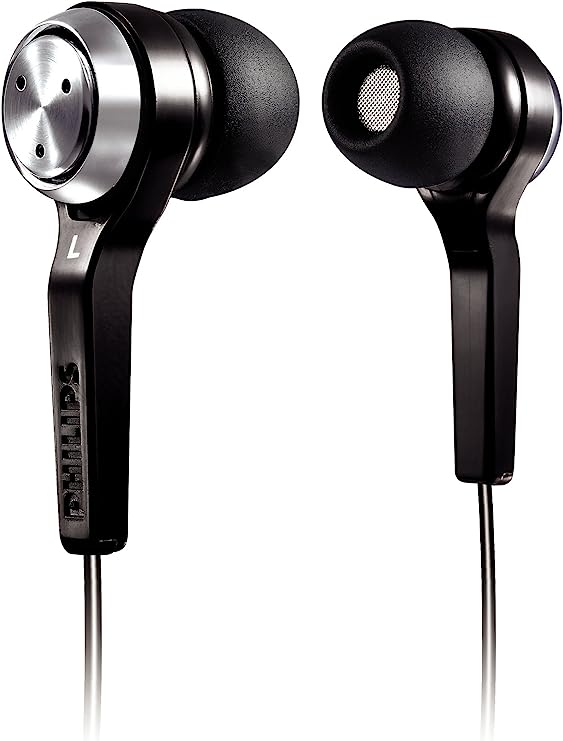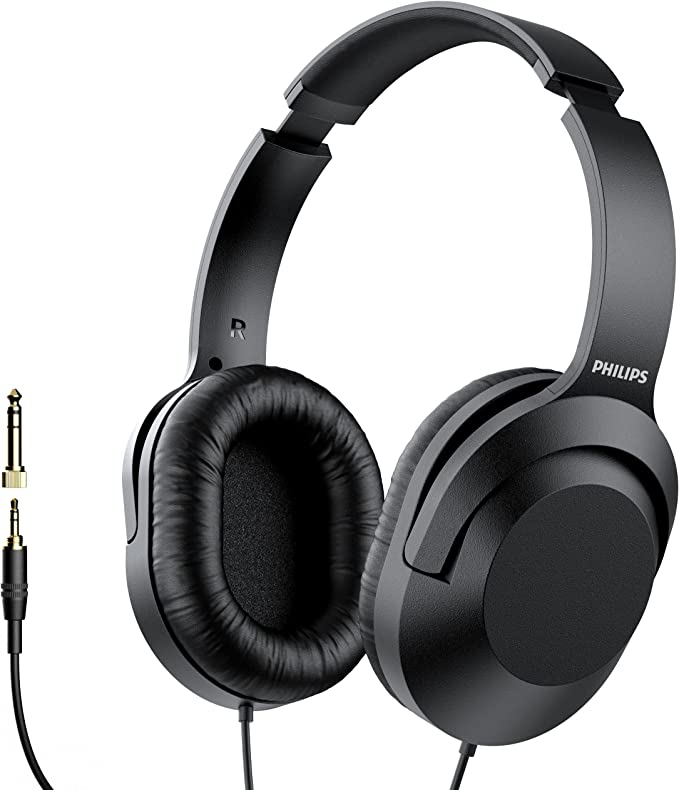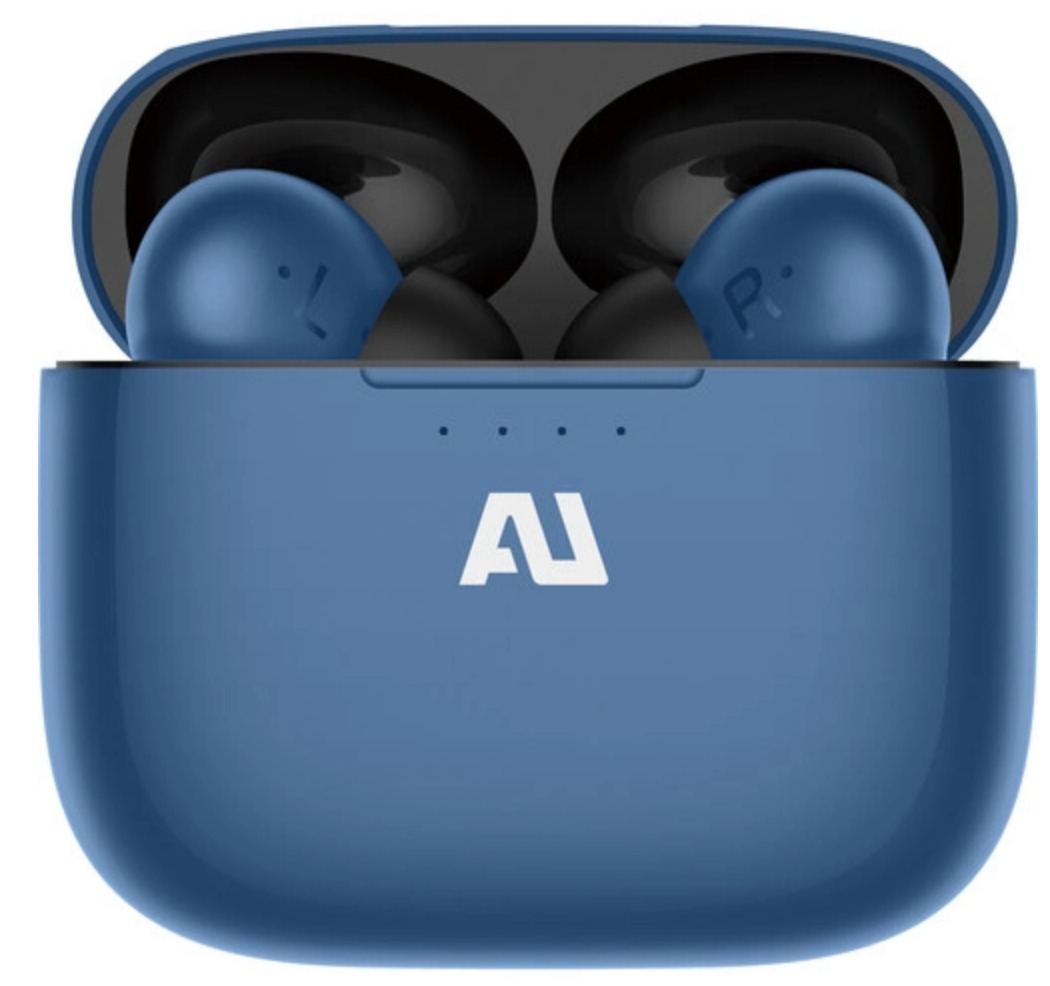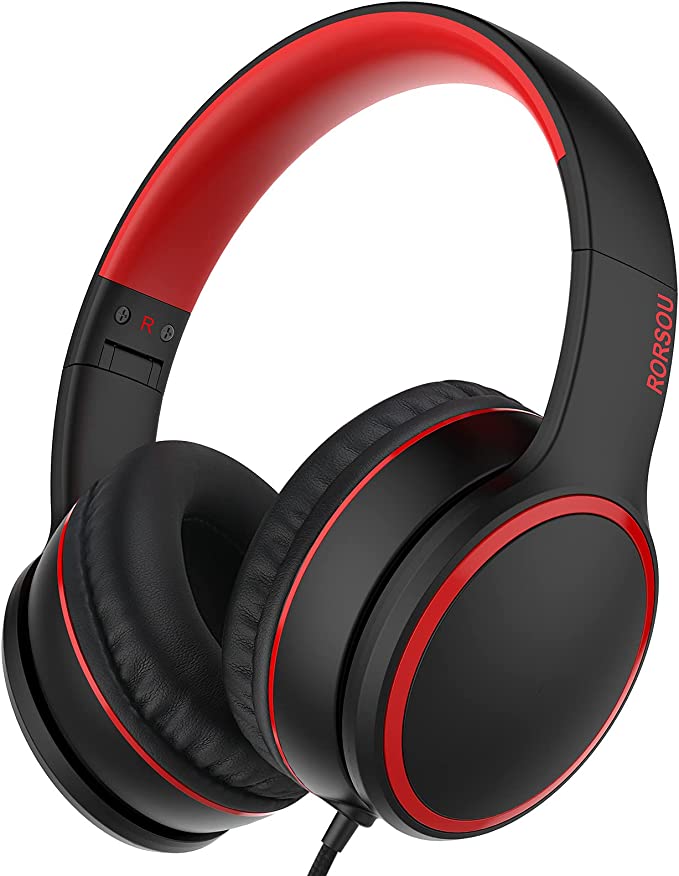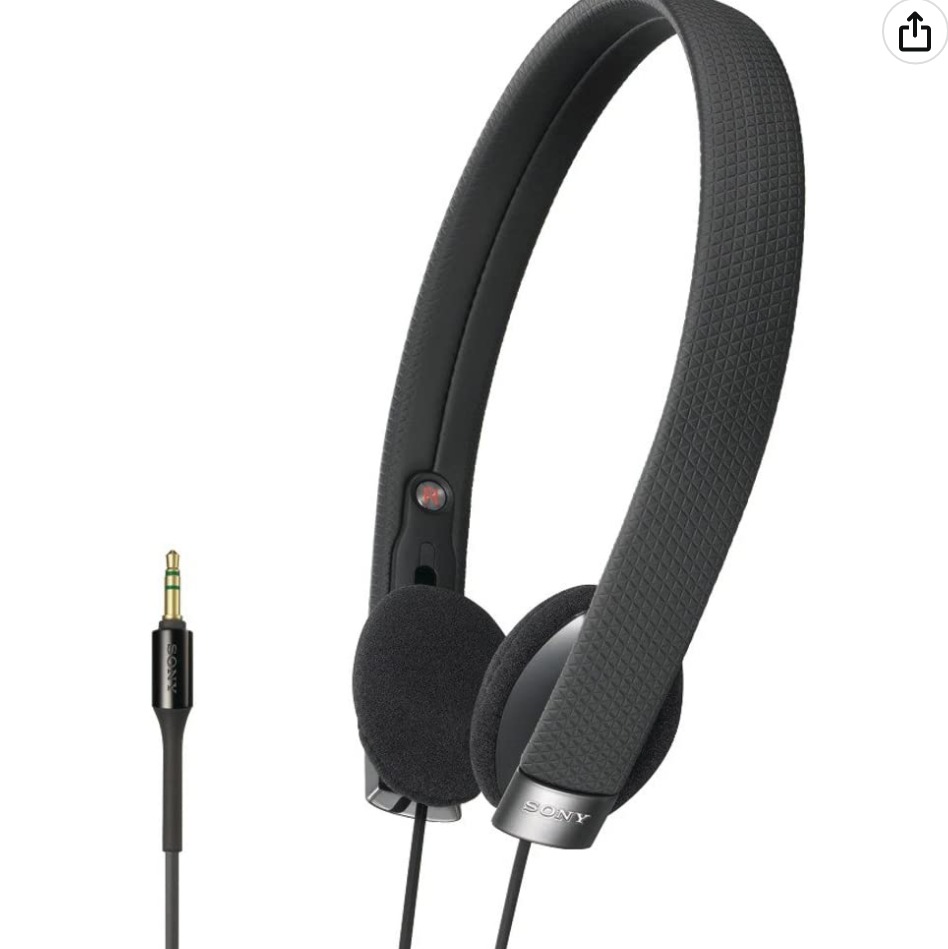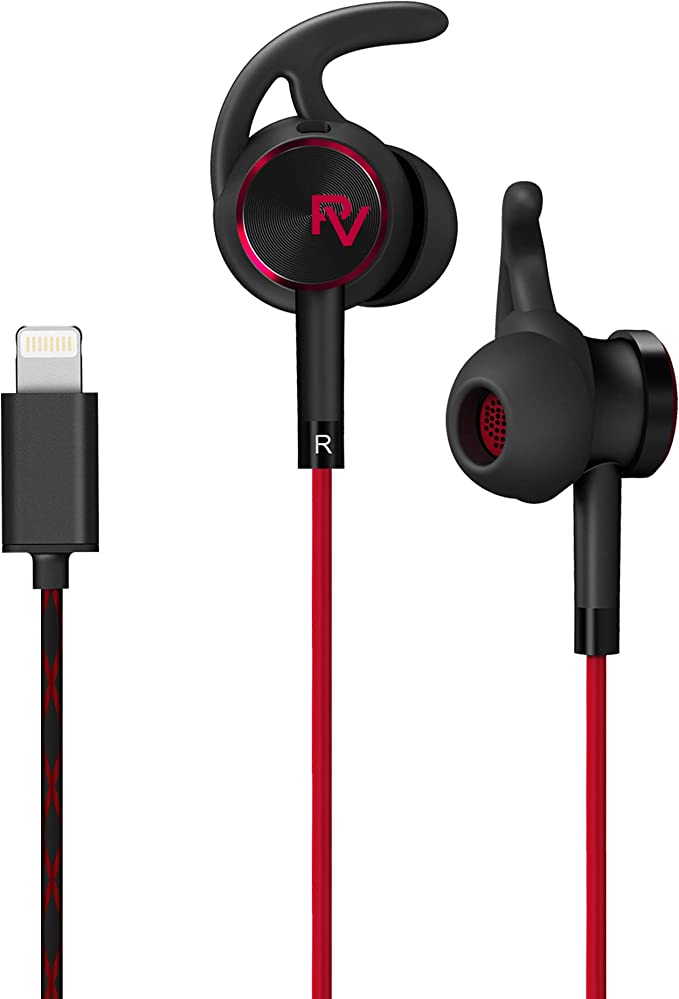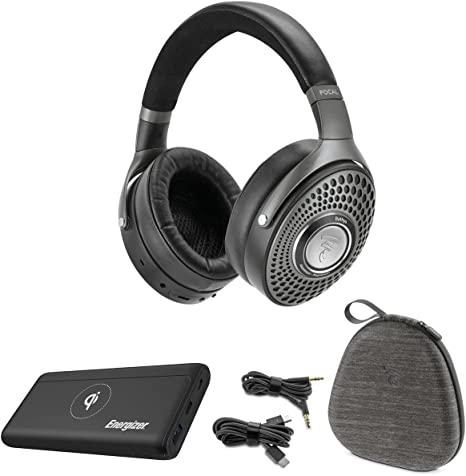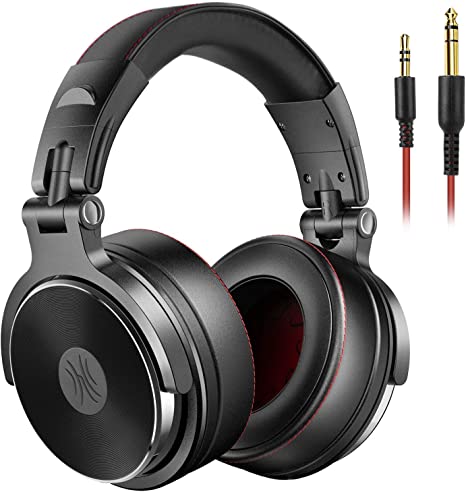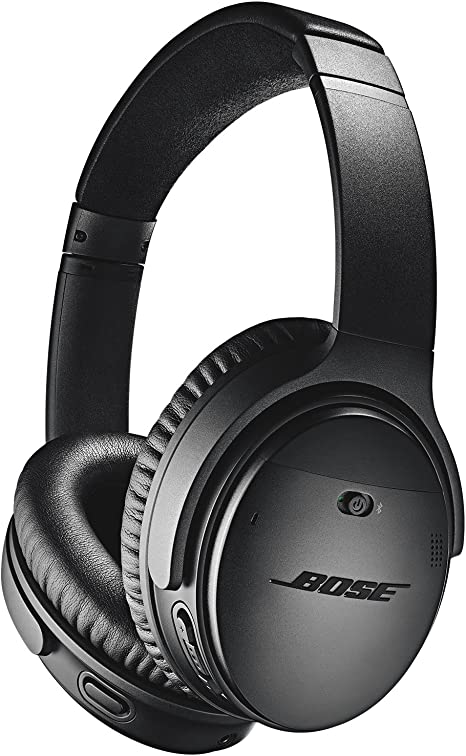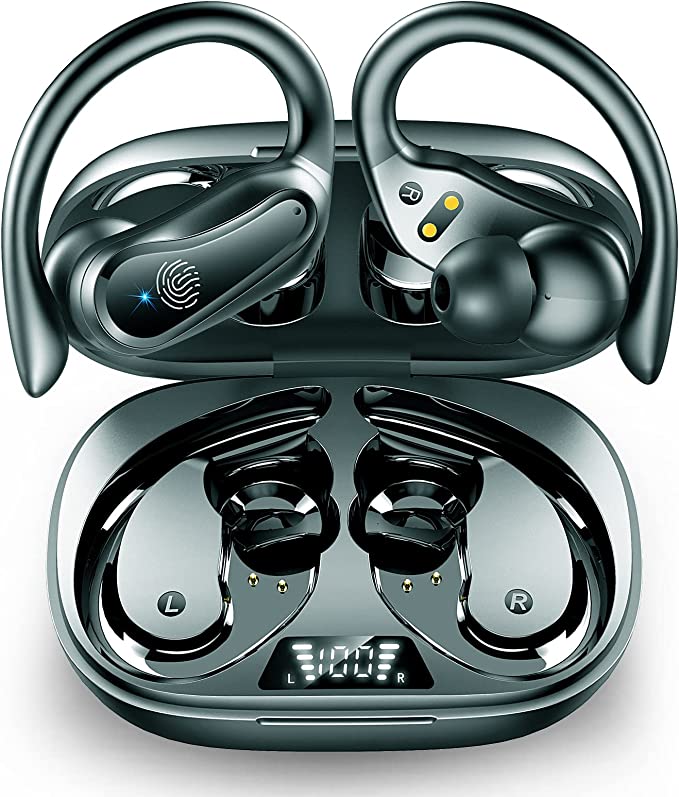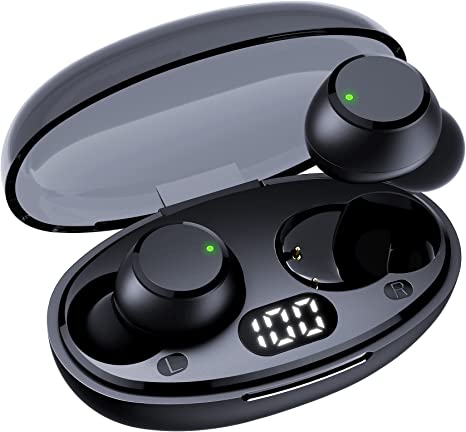PHILIPS Fidelio L2BO Headphones - Experience Hi-Res Audio On the Go
Update on March 20, 2025, 8:45 a.m.
We live in an age of unprecedented access to music. Streaming services offer vast libraries at our fingertips, and portable devices allow us to carry entire discographies in our pockets. Yet, often, something is lost in translation. The compressed audio formats that dominate the digital landscape, while convenient, sacrifice sonic detail for smaller file sizes. This has led many music lovers on a quest for higher fidelity – a pursuit of the purest possible reproduction of the original recording. This is where the concept of High-Resolution Audio (Hi-Res Audio) and headphones like the PHILIPS Fidelio L2BO enter the picture.

Decoding Hi-Res Audio: What It Is, and Why It Matters
Imagine a beautiful landscape painting. A low-resolution version of that painting might be blurry, with details obscured and colors washed out. A high-resolution version, on the other hand, would reveal every brushstroke, every subtle shade, every intricate detail. The same principle applies to audio.
Traditional digital audio formats, like MP3s, use lossy compression, meaning they discard some of the original audio data to reduce file size. This is like removing brushstrokes from our landscape painting. Hi-Res Audio, in contrast, aims to preserve as much of the original recording data as possible.
While there’s no single, universally agreed-upon standard for Hi-Res Audio, the Japan Audio Society (JAS) and the Consumer Electronics Association (CEA) have defined it as “audio that is capable of reproducing the full range of sound from recordings that have been mastered from better-than-CD-quality music sources.” This typically means audio with a sampling rate and bit depth greater than that of a CD (16-bit/44.1kHz). Common Hi-Res Audio formats include FLAC, ALAC, WAV, AIFF, and DSD, all of which offer significantly less compression (or no compression at all) compared to MP3s.
The result? A richer, more detailed, and more engaging listening experience. You’ll hear nuances you never noticed before – the subtle breath of a vocalist, the delicate decay of a cymbal, the precise placement of instruments in the soundstage.

The Fidelio L2BO: A Symphony of Engineering
The PHILIPS Fidelio L2BO over-ear headphones are designed with this pursuit of sonic purity in mind. They are not just about playing music; they are about reproducing it with the utmost fidelity and accuracy, allowing listeners to connect with the music on a deeper level. The L2BO embodies a design philosophy that prioritizes both acoustic excellence and user comfort.
The Heart of the Matter: Neodymium Drivers and Dynamic Sound
At the core of any headphone is its driver – the miniature loudspeaker that converts electrical signals into sound waves. The Fidelio L2BO utilizes 40mm neodymium drivers. But why neodymium?
Neodymium is a rare-earth element that, when used in magnets, produces an exceptionally strong magnetic field for its size. This is crucial for headphone drivers because a stronger magnetic field allows for greater control over the driver’s diaphragm – the thin membrane that vibrates to create sound.
Think of it like a car engine. A more powerful engine can accelerate and decelerate more quickly and precisely. Similarly, a stronger magnetic field in a headphone driver allows for more accurate and responsive diaphragm movement, resulting in:
- Wider Frequency Response: The ability to reproduce a broader range of frequencies, from deep bass to sparkling highs (though the exact frequency response of the L2BO needs to be confirmed from official sources).
- Lower Distortion: Reduced unwanted vibrations and inaccuracies in sound reproduction.
- Greater Dynamic Range: The ability to handle both very quiet and very loud sounds without distortion.
The L2BO’s drivers are also carefully “hand-picked and paired,” according to Philips. This suggests a meticulous quality control process to ensure that the left and right drivers are closely matched in performance, resulting in a balanced and coherent stereo image.

Balancing Act: The Science of Semi-Open Acoustics
The Fidelio L2BO features a “semi-open back” acoustic design. This is a deliberate choice that offers a compelling compromise between the characteristics of fully open-back and fully closed-back headphones.
- Closed-Back Headphones: These headphones have a sealed ear cup, which provides excellent noise isolation, preventing sound from leaking in or out. However, this can sometimes result in a “closed-in” soundstage, where the music feels confined to the space inside your head.
- Open-Back Headphones: These headphones have ear cups that are open to the air, allowing sound to flow freely in both directions. This creates a more spacious and natural soundstage, as if you’re listening to speakers in a room. However, open-back headphones offer very little noise isolation, making them unsuitable for noisy environments.
The semi-open back design of the L2BO aims to capture the best of both worlds. It incorporates strategically placed vents and acoustic damping materials to control airflow and minimize sound leakage, while still allowing for a more expansive soundstage than a typical closed-back design. This creates a more natural and immersive listening experience, without sacrificing too much in terms of noise isolation. It’s a delicate balancing act, and the L2BO achieves it remarkably well.

Material Matters: The Role of Aluminum and (Probably) Protein Leather
The choice of materials in headphone construction is not merely aesthetic; it has a significant impact on both sound quality and durability. The Fidelio L2BO’s earcups are crafted from aluminum. Aluminum is a strong, lightweight, and acoustically inert material. Its Aluminum’s rigidity helps to minimize unwanted vibrations and resonance within the earcup. Resonance, in this context, refers to the tendency of a material to vibrate at certain frequencies. These vibrations can color the sound, adding unwanted emphasis to certain notes and muddying the overall clarity. Aluminum’s inherent damping properties help to suppress these resonances, resulting in a cleaner, more accurate sound reproduction.
The earpads, while described as featuring “leather” and “memory foam,” are most likely made of protein leather (also known as pleather or synthetic leather), a common material in headphones in this price range. Genuine leather, while luxurious, is more expensive and can be less durable than high-quality protein leather. Protein leather is a synthetic material designed to mimic the look and feel of genuine leather. It’s typically made from a combination of polyurethane (PU) and other materials.
The memory foam within the earpads plays a crucial role in both comfort and sound. Memory foam conforms to the shape of your ear, creating a comfortable and secure seal. This seal is important for two reasons:
- Noise Isolation: A good seal helps to block out external noise, allowing you to focus on your music.
- Bass Response: A tight seal prevents bass frequencies from escaping, resulting in a more impactful and well-defined low end.
The combination of aluminum earcups and (likely) protein leather-covered memory foam earpads contributes to the L2BO’s overall sound signature: a clean, detailed presentation with a well-controlled bass response.
The Comfort Factor: Ergonomics and Extended Listening
A headphone can have the best sound quality in the world, but if it’s uncomfortable to wear, it’s unlikely to be used for long periods. The Fidelio L2BO is designed with ergonomics in mind. Its lightweight construction and relatively low clamping force (the pressure the headphones exert on your head) contribute to a comfortable fit for most users.
The headband, although appearing to have minimal padding, is designed to distribute pressure evenly across the top of the head. User reviews are generally positive regarding comfort, although some with larger heads have noted that the clamping force can be a bit tight initially. This tends to loosen up over time as the headphones are “broken in.”
The over-ear design, where the earpads completely surround the ears, also contributes to comfort. This design avoids putting pressure directly on the ears, which can be uncomfortable for some people, especially during extended listening sessions.
Beyond the Basics: Impedance, Frequency Response, and THD
While the design elements discussed above contribute significantly to the L2BO’s sound quality, there are also key technical specifications that are worth understanding:
-
Impedance: The L2BO has an impedance of 16 ohms. Impedance is a measure of how much a headphone resists the flow of electrical current. Lower impedance headphones (typically below 32 ohms) are easier to drive, meaning they can achieve higher volume levels with less power. This makes the L2BO well-suited for use with portable devices like smartphones and tablets, which typically have lower power output than dedicated headphone amplifiers.
-
Frequency Response: This specification describes the range of frequencies a headphone can reproduce, from the lowest bass notes to the highest treble notes. The ideal frequency response is generally considered to be “flat,” meaning the headphone reproduces all frequencies at the same level, without emphasizing or de-emphasizing any particular range. Unfortunately, the official frequency response for the L2BO is not readily available in the provided materials or easily found online, which is a significant omission. This information is crucial for audiophiles and would be a valuable addition to the article if a credible source can be found. A typical good headphone response will be from at least 20Hz to 20kHz.
-
Total Harmonic Distortion (THD): THD is a measure of the amount of distortion introduced by the headphone. Distortion refers to any unwanted changes to the audio signal that are not present in the original recording. Lower THD values indicate higher fidelity. The provided materials contain conflicting information about the L2BO’s THD. One user review mentions a difference in THD between older and newer versions of the headphones (0.01% vs. 3%). This discrepancy needs to be investigated further, and accurate THD specifications should be obtained from a reliable source, such as the manufacturer’s website or a reputable independent testing lab. A good THD is typically below 1%, and ideally below 0.5%.
A Legacy of Sound: Philips’ History in Audio Innovation
Philips has a long and rich history in the field of audio technology, dating back to the early 20th century. The company has been a pioneer in various areas, including radio, television, and recorded music. Philips played a key role in the development of the compact cassette tape and the compact disc (CD), two technologies that revolutionized the way we listen to music.
The Fidelio line of headphones represents Philips’ commitment to high-fidelity audio reproduction. The L2BO, as part of this lineage, benefits from decades of experience and expertise in acoustic engineering.
The Unheard Truth: Debunking Headphone Myths
The world of audio is full of myths and misconceptions. Here are a few common ones related to headphones:
- Myth: More expensive headphones always sound better.
- Reality: Price is not always a reliable indicator of sound quality. While more expensive headphones often use higher-quality components, diminishing returns can set in, and personal preference plays a significant role.
- Myth: “Burn-in” dramatically changes the sound of headphones.
- Reality: While some slight changes in sound may occur over time as the driver components settle in, the dramatic “burn-in” effects claimed by some are largely subjective.
- Myth: You need a powerful amplifier to drive any good headphone.
- Reality: Low-impedance headphones like the L2BO are designed to be driven by portable devices without the need for a dedicated amplifier.
- Myth: Lossless audio files are always audibly superior to high-quality lossy files.
- Reality: While lossless files technically contain more data, the difference in sound quality may not be perceptible to all listeners, especially with high-bitrate lossy files.
- Myth: Noise-canceling headphones always sound better.
- Reality: Active Noise Cancellation (ANC) can degrade the audio, it is best to get headphones with good passive noise canceling, like the L2BO.

Conclusion: The Pursuit of Perfect Sound
The PHILIPS Fidelio L2BO represents a thoughtful approach to headphone design, balancing sonic performance, comfort, and portability. Its semi-open back design, neodymium drivers, and premium materials contribute to a listening experience that is both detailed and engaging. While the lack of readily available official specifications for frequency response and THD is a drawback, the overall consensus from user reviews and the company’s reputation suggest that the L2BO is a capable performer in its price range.
The pursuit of perfect sound is an ongoing journey, and technology continues to evolve. However, the Fidelio L2BO serves as a reminder that good engineering and a focus on the fundamentals can deliver a truly enjoyable and immersive listening experience. The L2BO allows listeners to reconnect with their favorite music, revealing nuances and subtleties that might have been missed with lesser headphones. It’s a testament to the enduring power of high-fidelity audio and the ongoing quest to bring us closer to the original artistic intent.

